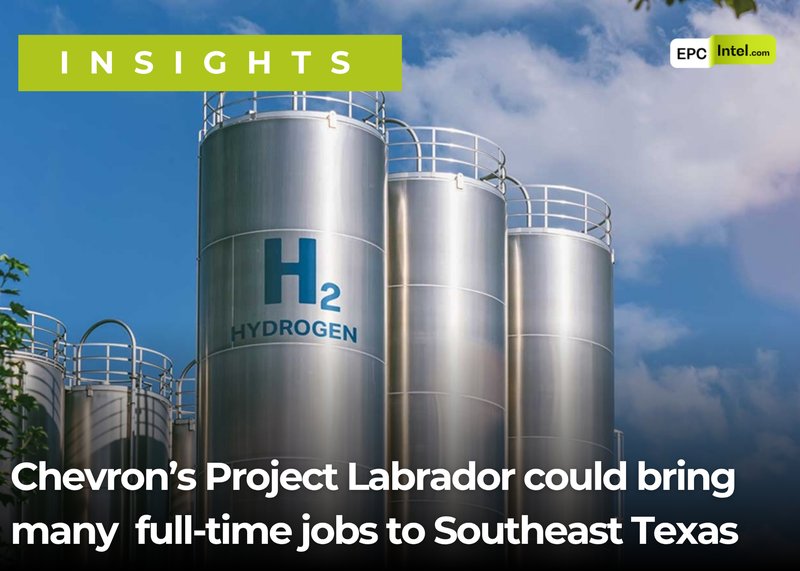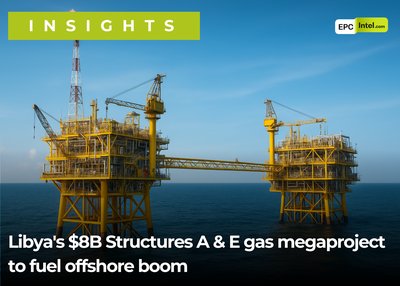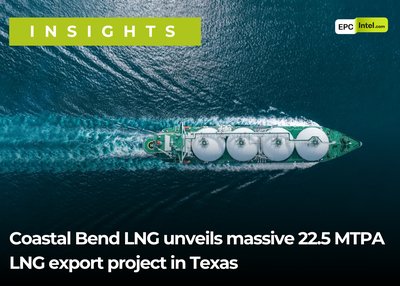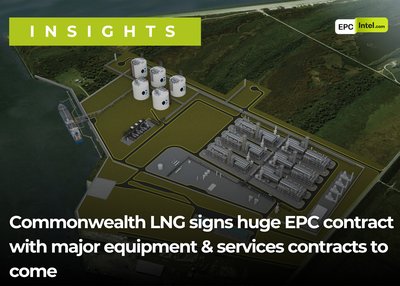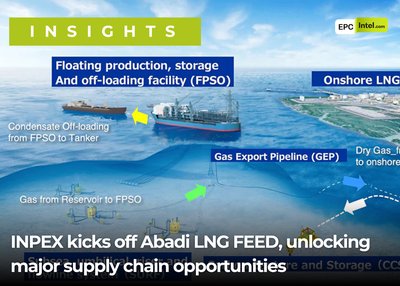Chevron is gearing up to reshape the U.S. Gulf Coast’s energy landscape with Project Labrador, a $5 billion natural gas-fed blue hydrogen and ammonia facility planned for Crescent Bayou, just outside Port Arthur, Texas. Scheduled for construction start in 2029, the facility is part of Chevron’s long-term decarbonization strategy and will be one of the first projects in a newly approved industrial tax zone in Jefferson County, expected to create 100 full-time jobs.
With an emphasis on low-carbon hydrogen production, Project Labrador will leverage natural gas feedstock, carbon capture and storage (CCS), and state-of-the-art process equipment to produce hydrogen and convert it into ammonia for easier transportation.
Based on similar large-scale hydrogen and ammonia projects, Chevron’s Project Labrador is expected to require 60,000 to 80,000 metric tons of steel, including structural steel, piping, and pressure vessels. Major equipment will likely include reformers, CO₂ capture units, cryogenic storage tanks, compressors, gas turbines, and modular process skids. The facility will also feature advanced control systems and potentially an air separation unit if ammonia integration is planned.
Potential EPC Contractors for Project Labrador
Based on EPCIntel.com‘s energy project EPC and FEED contract database, we see several companies as the candidates for contract opportunities:
🇺🇸 Likely U.S.-Based EPC Players
Fluor Corporation (Texas HQ) – Known for hydrogen, ammonia, and CCS experience; worked with Chevron before.
Bechtel – Deep presence in LNG, petrochemical, and hydrogen projects; a top EPC for mega-Gulf Coast projects.
KBR – A leader in hydrogen and ammonia technology, as well as CCS integration.
McDermott – Experienced in modular construction and large-scale hydrogen/ammonia EPCs (e.g., OCI’s project in Texas).
🌍 Other Global EPC Candidates
Technip Energies (France) – Known for blue hydrogen and CCS FEED/EPC work (e.g., H₂H Saltend, blue ammonia projects).
Saipem (Italy) – Global contractor with hydrogen, CCS, and ammonia capabilities.
Samsung Engineering – Involved in blue ammonia projects in the Middle East and Asia; eyeing U.S. market expansion.
Hyundai E&C – Active in large-scale refinery and hydrogen EPC, especially modular designs.
Strategic Significance
Project Labrador underscores Chevron’s intent to remain competitive in the energy transition. By blending fossil feedstock with CCS and hydrogen technology, the company can offer a decarbonized fuel pathway compatible with existing industrial infrastructure.
It’s also likely the project will seek federal funding through the HyVelocity Hub, a Texas-led hydrogen hub initiative supported by the U.S. Department of Energy. That could speed up FEED work, contractor selection, and financial close.
What’s Next?
In the coming years, Chevron will move through detailed engineering, environmental permitting, and contractor engagement phases. The project’s expected start in 2029 leaves ample time to optimize the design and build partnerships with local and global firms.
With Texas emerging as a global hydrogen leader, Project Labrador could become a cornerstone of the U.S. hydrogen economy, built on steel, powered by gas, and guided by innovation.
